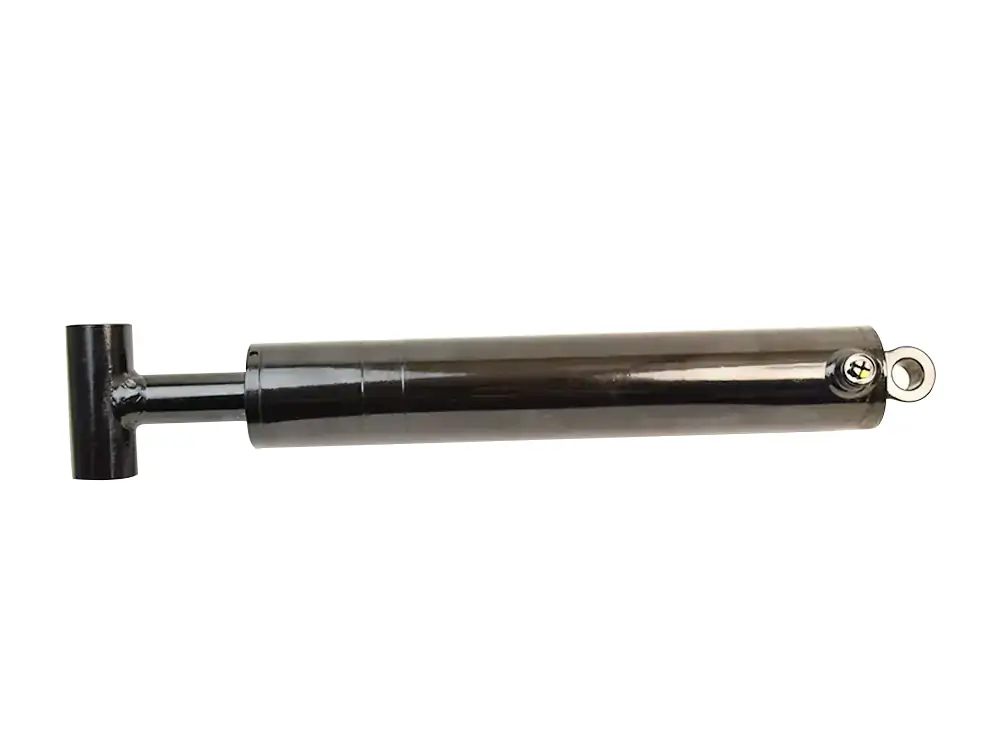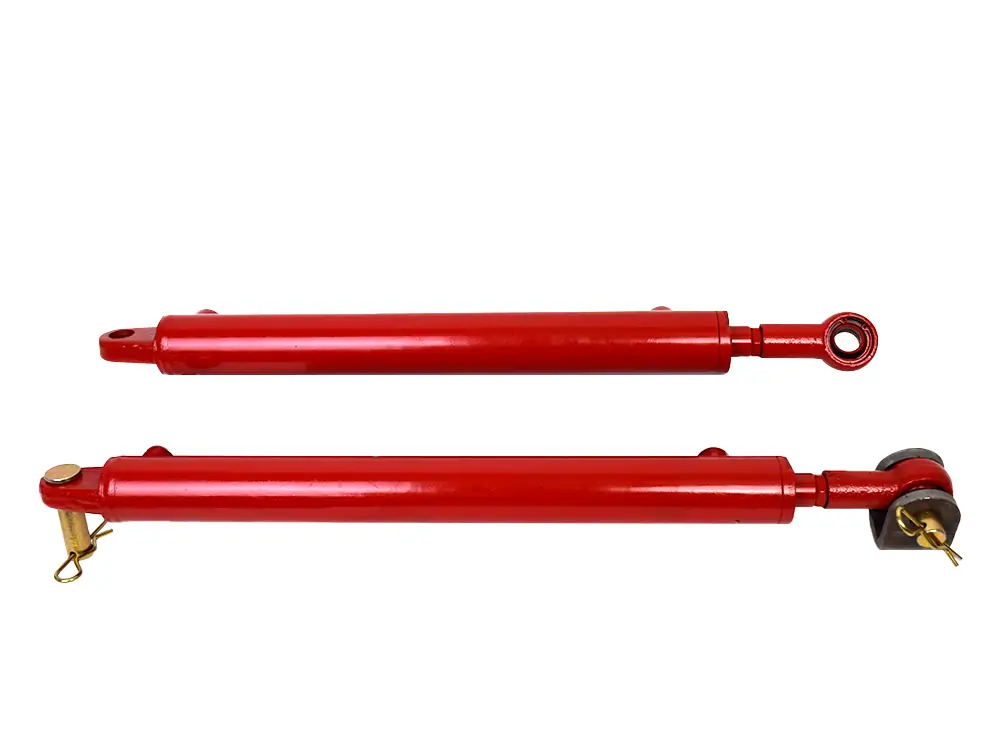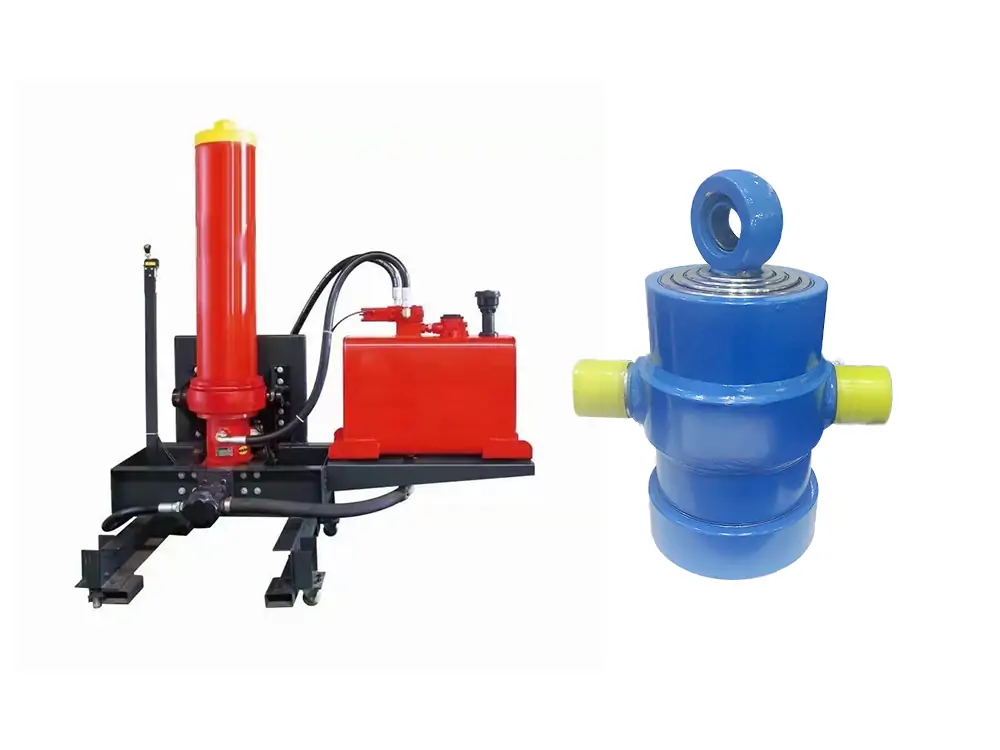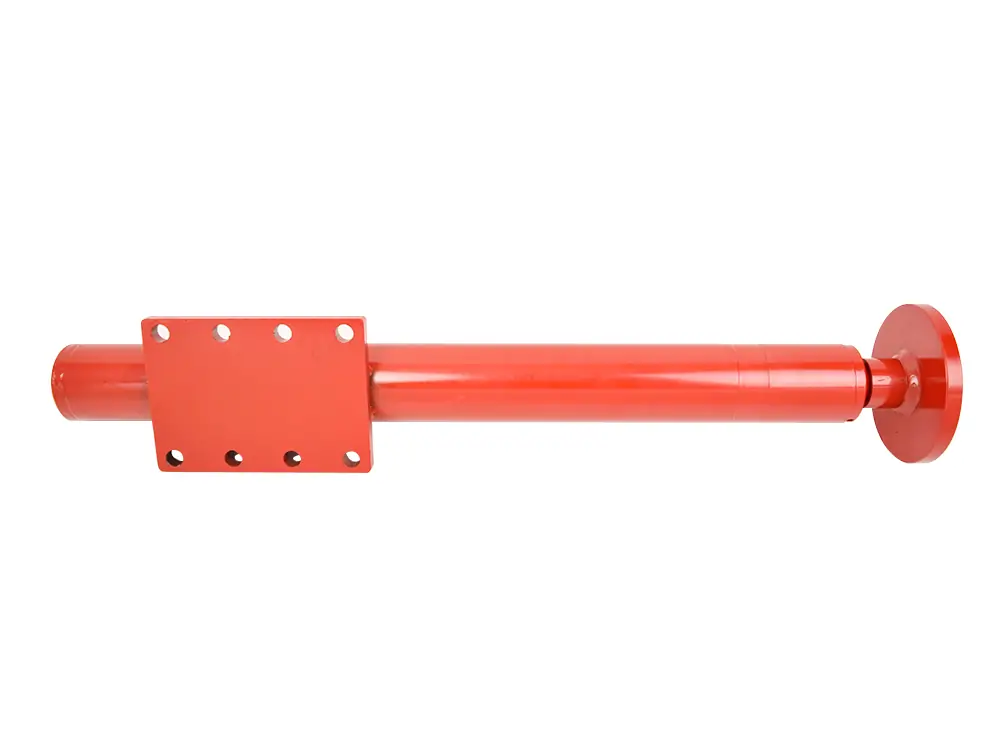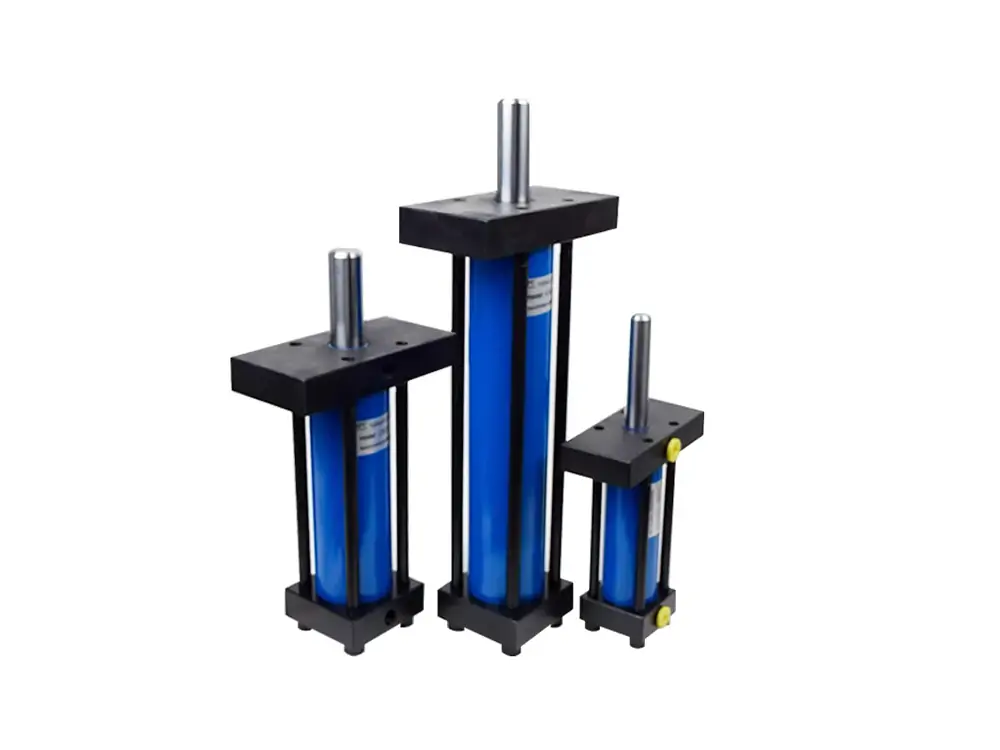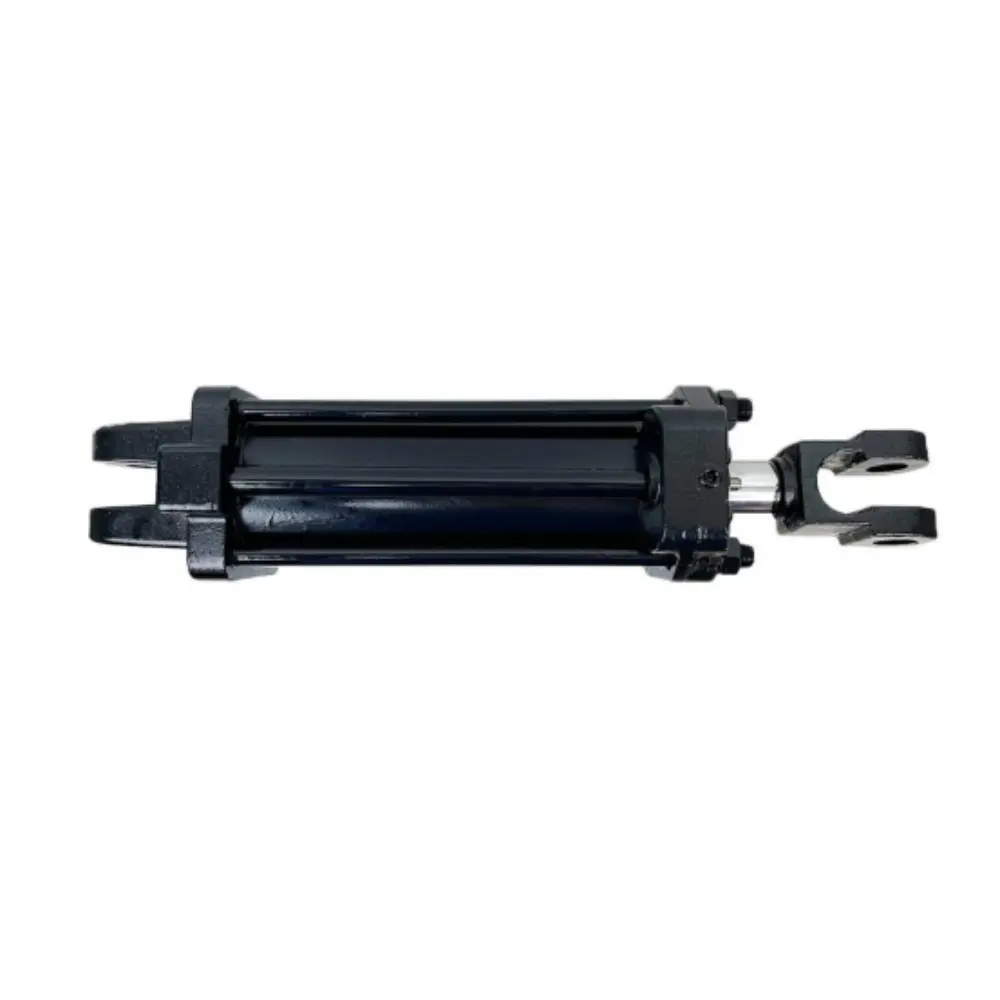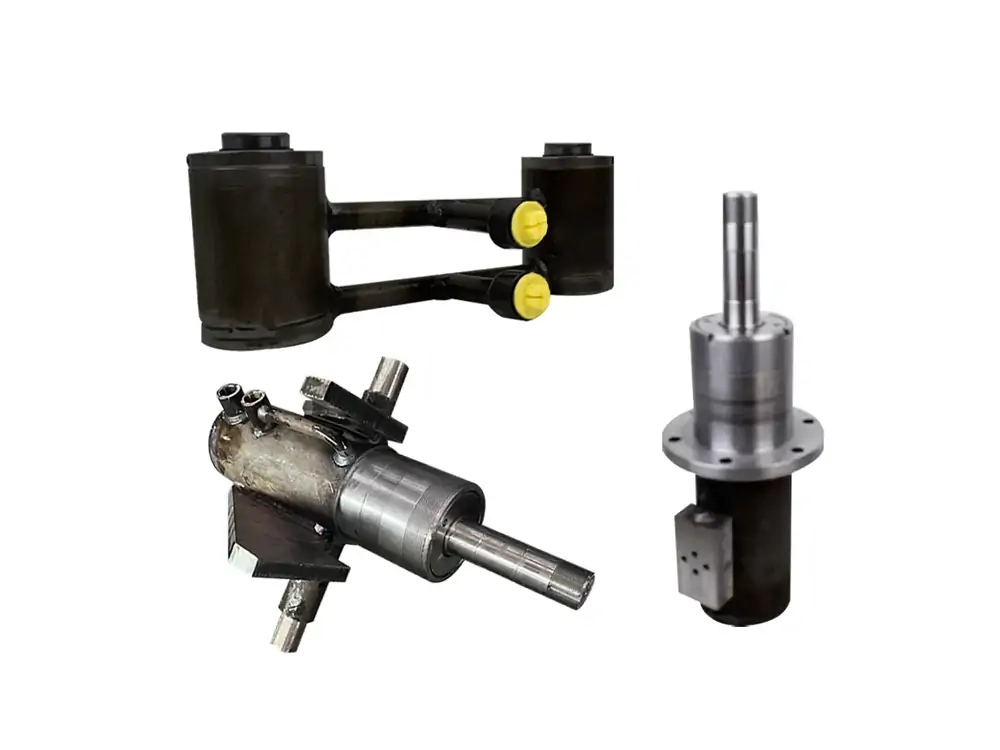Hydraulic cylinders have become the heart of heavy-duty machines. From bulldozers to cranes, these cylinders play an integral role. However, knowing the exact pressure a hydraulic cylinder can offer is paramount. This leads us to write a piece on how to calculate hydraulic cylinder pressure.
Hydraulic cylinders can have different pressure ratings. For example, small cylinders use less hydraulic fluid. So, they put less pressure on the piston and vice versa. The heavy-duty machines consist of cylinders that offer high pressure. I’ll walk you through the calculation of the hydraulic cylinder pressure in this article.
What is Hydraulic Cylinder Pressure?
Cylinders use hydraulic fluid for their work. This fluid applies pressure inside the cylinders that pushes the piston. This pressure exerted by fluid inside the cylinder is called hydraulic cylinder pressure. The whole hydraulic system relies on this pressure.
Hydraulic systems consist mainly of cylinders, pistons, and fluid. Fluid enters the cylinders, and the piston rod is inside the cylinder. The fluid exerts pressure on the surface of the piston, causing the piston to move against the fluid pressure.
The piston rod extends outward and completes the specific task. It can do anything like lifting, pulling, or pressing. So, the whole work relies on the pressure of hydraulic fluid. But how much pressure does fluid offer inside the hydraulic cylinder? Knowing this pressure is crucial in many cases. Let me explain why.
Once you know the pressure, you can use the correct cylinder. For example, use pressure with a high cylinder if you need heavy-duty work. Moreover, using a cylinder of slight pressure to lift heavy loads can be disastrous. The cylinder won’t provide enough power to lift the object. In the upcoming section, I will discuss the method of calculation.
How to Calculate Hydraulic Cylinder Pressure?
The hydraulic system works on Pascal’s Law. This Law states that pressure applied to a confined fluid transmits in all directions evenly. In a cylinder, the pressure applied on fluid goes equally on the whole surface of the piston. According to Pascal’s Law:
Force = Pressure (P) × Area (A)
We can also rearrange this formula in the following:
P = F/A
This means the pressure will be equal force per unit area of the piston. Now, we will have to find two parameters. The first is the force the hydraulic cylinder exerts (fluid) on the piston. The second is the surface area of the piston, which gets the force from cylinders.
1- Force
Knowing the force the cylinder puts on the piston is crucial. Why? Because it is a major factor that helps us determine the exact pressure. You’ll have to estimate the force you want the hydraulic cylinder to exert. It can vary depending on the task. Suppose machines must lift heavy-duty material; force will be higher and vice versa. Let’s assume a case. You need to lift an object weighing 600 pounds. We will need 600 pounds of force to complete this lifting task.
2- Area
You’ll also need the surface area of the piston to find hydraulic cylinder pressure. As I said earlier, the hydraulic fluid applies pressure against the surface of the piston. The piston feels equal pressure on the whole surface. Remember, the surface area of a piston can be of different shapes. In case the surface is circular, here is the formula to find the surface area:
Area = π × (Diameter ÷ 2)²
Using this formula, you’ll be able to find the area of the piston. Generally, cylinders consist of a label where you’ll see the area of the piston written. But in case there is no information, you can find it using this formula. For now, let’s suppose that the diameter of the piston is 4 inches.
Area = 3.14 × (4 ÷ 2)² = 12.57 square inches
Calculation of Hydraulic Cylinder Pressure
As you hydraulic cylinders work on the principle of Pascal’s Law. According to this,
Force = Pressure (P) × Area (A)
By rearranging, you get the following formula
Pressure (P) = Force ÷ Area (A)
Now, put the value of force and area that we have already found in the above section.
Pressure (P) = 600 ÷ 12.57 = 47.73 PSI
This cylinder would put a pressure of 47 PSI on the surface of the piston. I used assumed values in this article, but you can find this using the correct ones. Keep in mind that the values for force and area will vary. Why? Because they depend on the specific application and the hydraulic cylinder’s features.
Frequently Asked Questions
How do I calculate hydraulic cylinder pressure?
Calculating the hydraulic cylinder pressure is straightforward. It works as per the direction of Pascal’s Law. Here is the formula to find the pressure:
P = F/A
P represents pressure, F represents force, and A represents surface area. You can use these values to find the exact pressure of the hydraulic cylinder.
What is Pascal’s Law, and how does it apply to hydraulic cylinders?
Pascal’s Law states that pressure on a confined fluid distributes or transmits equally in all directions. Hydraulic cylinders work on this principle. For example, when fluid applies force to a piston surface, the pressure is distributed evenly. All the surfaces feel equal pressure. As a result, the piston rod moves and does the specific task.
What factors affect the pressure of a hydraulic cylinder?
The piston’s surface area and force are two significant factors. However, the type of hydraulic fluid used in cylinders also impacts the pressure of the cylinder.
What happens if a cylinder with low pressure is used for heavy loads?
Cylinders with low pressures are not suitable for heavy-duty loads. If you use them, the whole hydraulic system can fail. I recommend using a cylinder with a high-pressure rating in case you work with heavy loads.
Conclusion
It is vital to note that different hydraulic cylinders are available in the market. Some are small and exert less pressure on the piston. Conversely, more powerful cylinders are also used for heavy-duty machines. They can exert extreme pressure and easily lift or pull heavy loads. Choosing a cylinder with the correct pressure is paramount.
In this article, I explain the calculation of finding the pressure of hydraulic cylinders. The purpose of the piece is to help you understand complex calculations easily. In short, you need the surface area of the piston and force to find the pressure. The science of hydraulic cylinders relies on Pascal’s Law. Once you read through it, you won’t have any confusion left.

